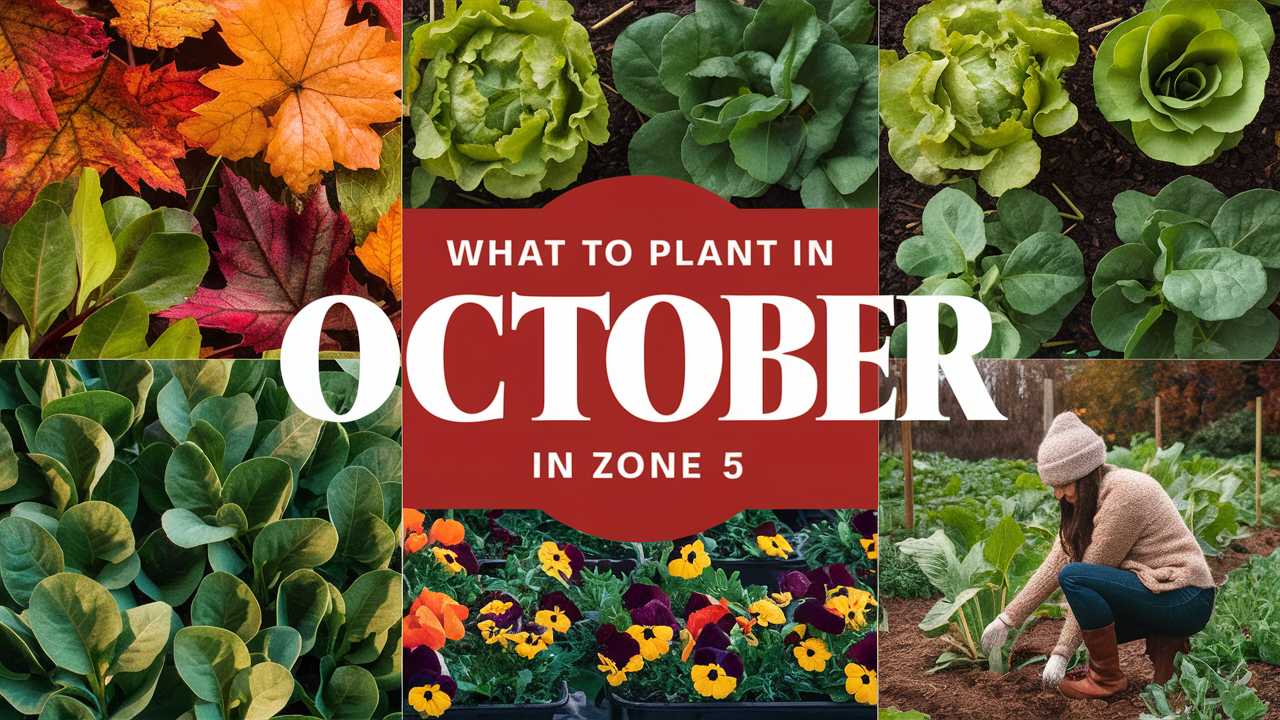With daytime temperatures still mild, yet nights beginning to chill, it is essential to choose the right crops, flowers, herbs, and landscape plants that can thrive in this transitional period. Below, we explore an array of suitable plants to cultivate during this time, each selected for their hardiness and compatibility with the climatic conditions of Zone 5.
Vegetables To Plant
As the cool weather sets in, certain vegetables can flourish in Zone 5 during October. Choosing the right vegetables can lead to a productive late-season harvest or a head start for the following spring.
Garlic
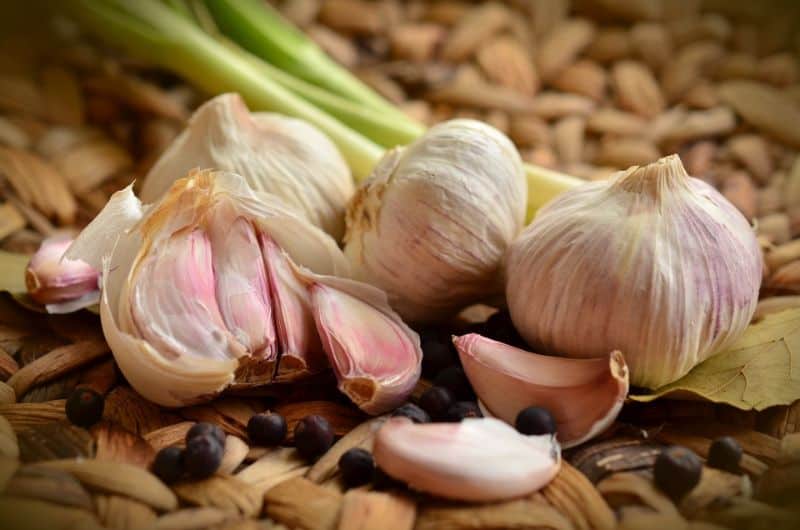
Garlic is one of the best vegetables to plant in October. This hardy allium thrives in the cooler weather, and when planted in the fall, it establishes its roots before winter. Garlic requires well-drained soil enriched with organic matter. Plant cloves about 2 inches deep and 6 inches apart. In Zone 5, you can plant garlic from mid-October to early November.
Temperature Tolerance: Garlic can withstand temperatures as low as 20°F (-6°C) when properly mulched.
Additional Notes: Ensure you use seed garlic rather than supermarket varieties, as they are more resistant to local diseases.
Spinach
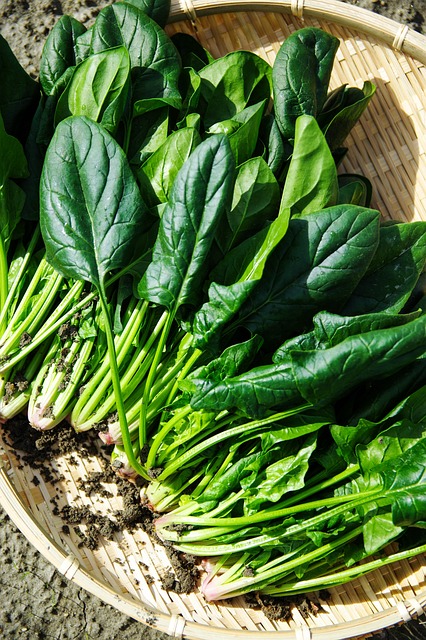
Spinach is another cool-season vegetable that does well when planted in October. In Zone 5, direct sow spinach seeds into prepared soil as early as mid-September to late October. The seeds will germinate slowly at lower temperatures and will often overwinter, providing an early harvest in spring.
Temperature Tolerance: Spinach can survive frost and even light snow, with optimal growth in temperatures between 50°F and 60°F (10°C to 15°C).
Additional Notes: For quicker germination, soak seeds in water for a few hours before planting.
Kale
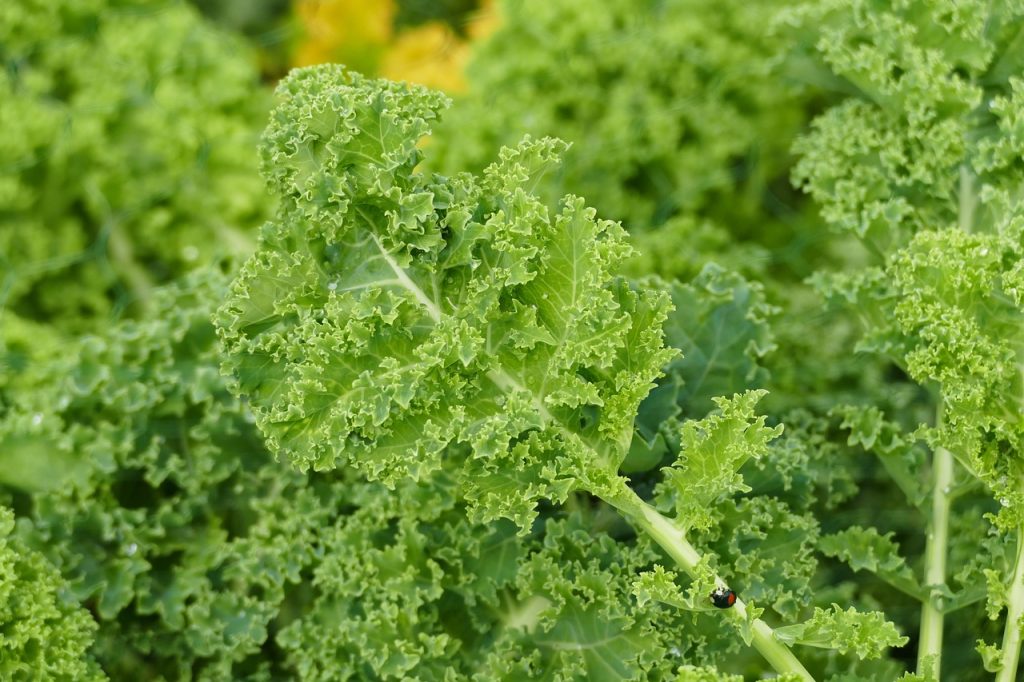
Kale is particularly resilient and offers a bounty of nutrition. In Zone 5, you can plant kale seeds until late October. This leafy green thrives in colder temperatures, making it perfect for fall planting.
Temperature Tolerance: Kale is frost-tolerant, thriving even after a freeze. The taste often improves after exposure to frost.
Additional Notes: Mulching can aid in protecting the roots over winter, allowing for a spring harvest.
Brussels Sprouts
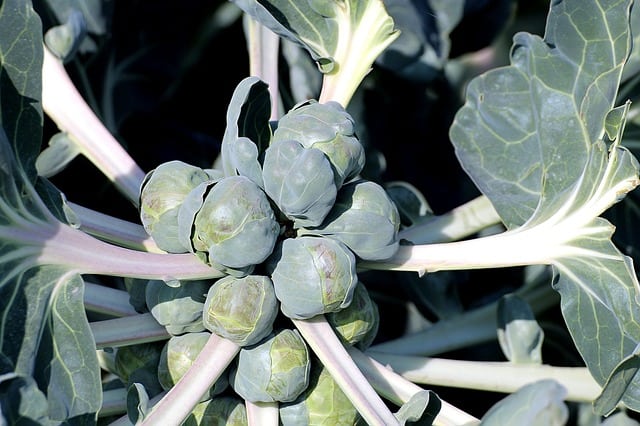
Although Brussels sprouts may take longer to mature, planting them in early October can yield good results in Zone 5. Select a variety that has a shorter maturation period, and plant them 12 to 24 inches apart.
Temperature Tolerance: These plants can tolerate temperatures down to 20°F (-6°C), especially once established.
Additional Notes: Harvest after the first frost, as it enhances their sweetness.
Carrots
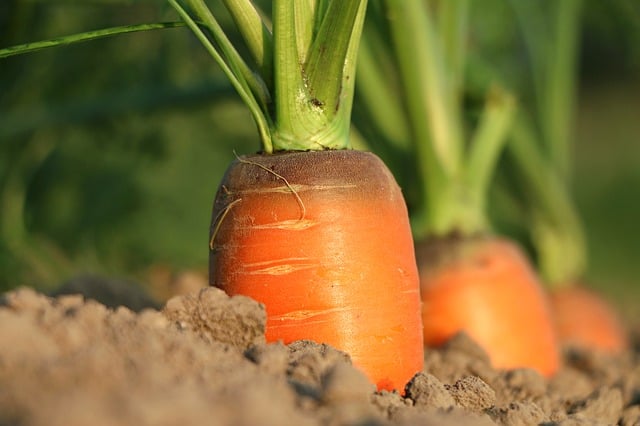
Carrots are a great crop to sow in early October. In well-draining soil, sow seeds about ¼ to ½ inch deep. Carrots can germinate even in cooler weather, making them ideal for late-season planting.
Temperature Tolerance: Carrots can mature in temperatures as low as 40°F (4°C), though they prefer cooler weather.
Additional Notes: Use row covers for additional soil warmth and moisture retention.
Radishes
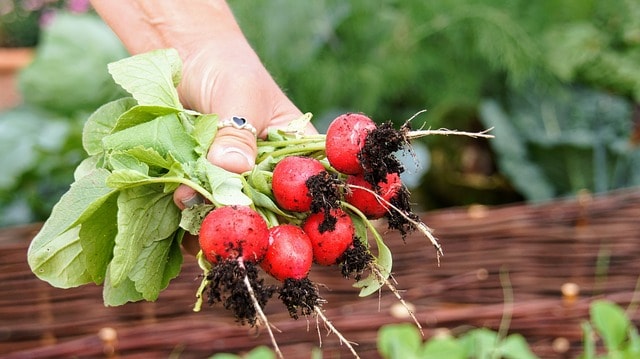
Fast-growing radishes can be sown in October for quick late-season harvests. There are varieties that mature in as little as three weeks, allowing for a quick and rewarding gardening experience.
Temperature Tolerance: Radishes are generally frost-tolerant, but the spicy flavor may enhance with cooler temperatures.
Additional Notes: Direct sow them into rich, well-tilled soil for optimal results.
Beets

Beets can also be planted in October, and similar to carrots, they can survive frost. Sow seeds about 1 inch deep, with a spacing of 3 to 4 inches.
Temperature Tolerance: These roots can withstand hard frosts and still produce sweet, tender roots.
Additional Notes: Mulching helps protect them from hard freezes.
Turnips
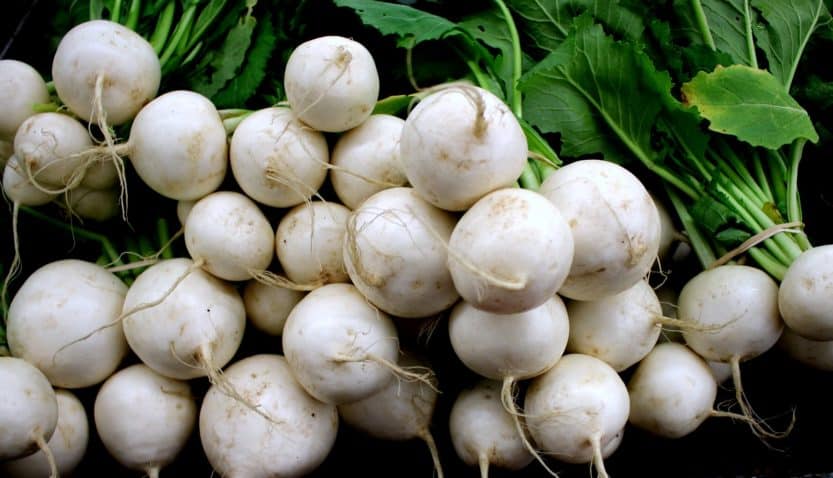
Turnips are another excellent choice for October planting. They can be sown directly into the ground in well-drained soil and typically mature quickly.
Temperature Tolerance: They can withstand temperatures at or below freezing, enhancing their flavor.
Additional Notes: Thin seedlings to give them adequate space to grow.
Swiss Chard
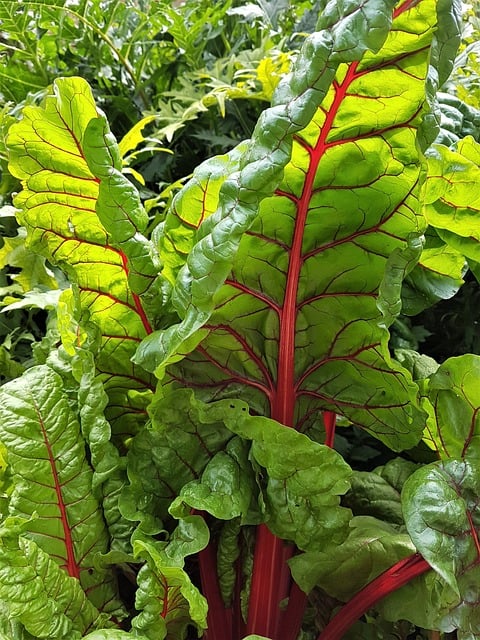
Swiss chard is another hardy green that can thrive in cooler conditions. When planted in October, it will not only survive but can provide an early harvest the following spring.
Temperature Tolerance: Tolerates light frosts and will regrow after winter chill.
Additional Notes: It provides a burst of color in your garden, as its stems can vary in vibrant shades.
Onions
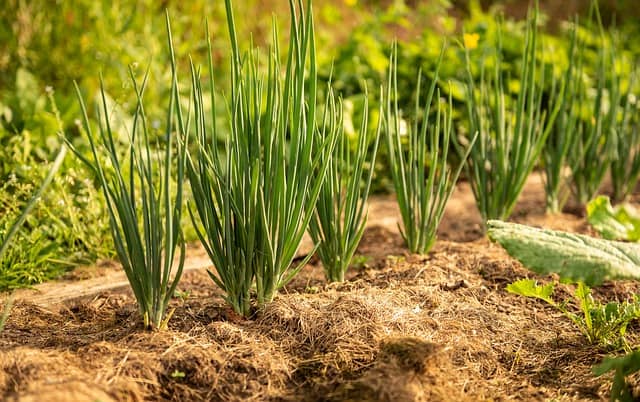
While traditionally planted in spring, you can also plant overwintering onion sets in October in Zone 5. These varieties will establish roots before the cold arrives and can be ready for harvest in early summer.
Temperature Tolerance: Onions tolerate cold, especially once they are established.
Additional Notes: Choose varieties specifically bred for fall planting, such as “Overwintering” types.
Flowers To Plant
While your vegetable garden is entering dormancy, it’s also a great time to consider planting flowers that can either provide winter interest or establish themselves for a vibrant spring display.
Pansies
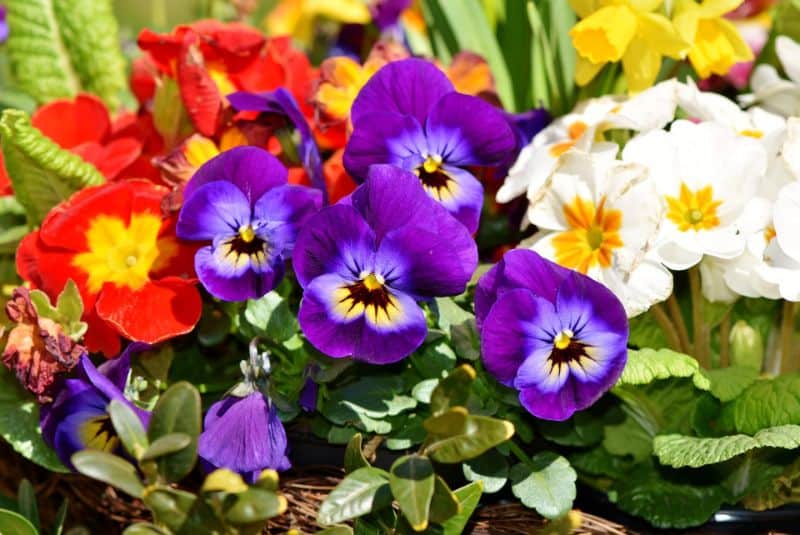
Pansies are a staple for fall color and can be planted in October. With a bit of winter protection, they will thrive in Zone 5, often blooming as early as late winter.
Temperature Tolerance: They can withstand frost and often require a chill to develop their colorful blooms.
Additional Notes: Plant them with a bit of mulch to help insulate the roots.
Mums
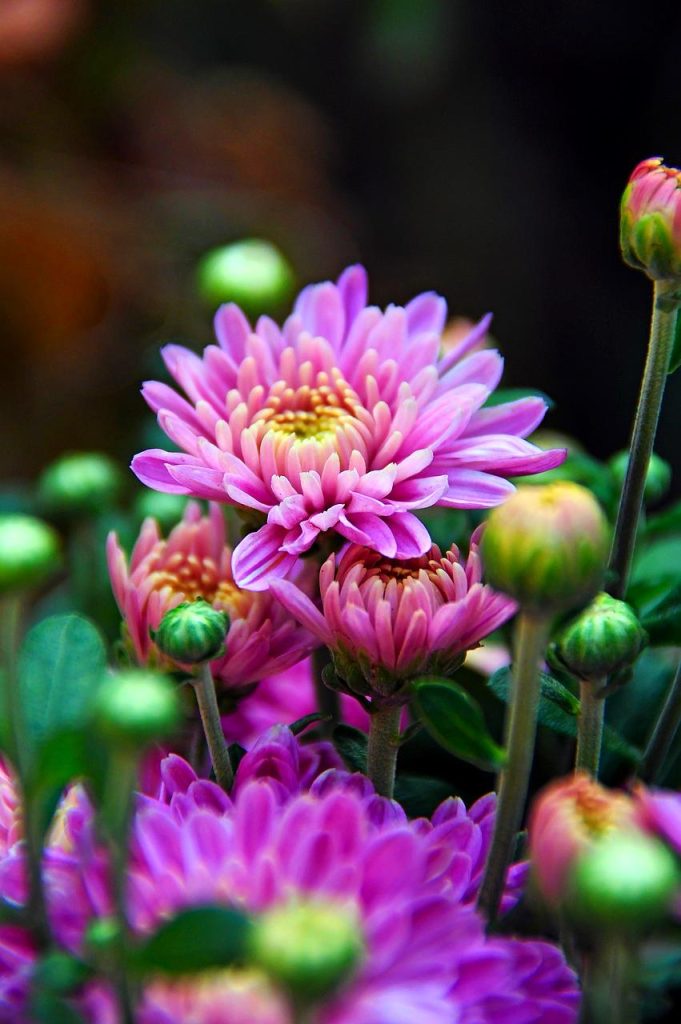
Chrysanthemums, or mums, planted in October provide vibrant colors that last through the fall. These hardy perennials can survive the winter and return each year.
Temperature Tolerance: They can endure light frosts and are best planted in early fall for optimal establishment.
Additional Notes: They prefer full sun and well-drained soil.
Sedum
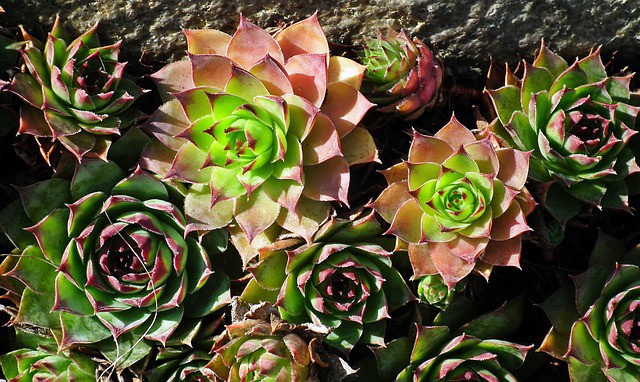
Sedum varieties, particularly the autumn-blooming types, are excellent choices for October planting. These succulents can add texture and color to your landscape.
Temperature Tolerance: Once established, they can withstand colder temperatures and thrive in poor soil.
Additional Notes: Sedum attracts pollinators—plant them in sunny spots for best results.
Asters
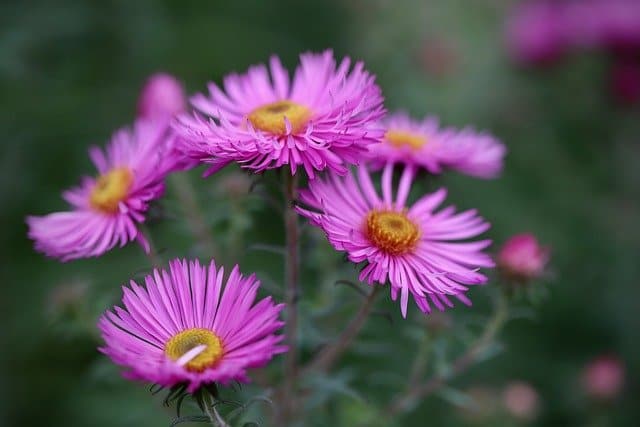
Asters add late-season color and are perfect for falls landscapes. These perennials can be planted in October and will bloom beautifully in late summer into fall the following year.
Temperature Tolerance: Asters can tolerate light frosts and will grow well into the cool fall months.
Additional Notes: They thrive in well-draining soil and full sun, making them ideal for various garden types.
Ornamental Cabbage and Kale
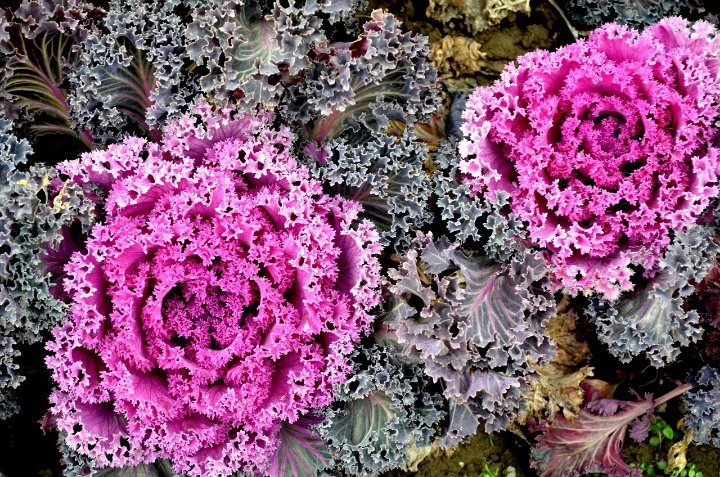
These plants provide incredible visual interest during the fall months. They can be planted in mid to late October for colorful and textured garden displays.
Temperature Tolerance: They can withstand cold temperatures, often looking more vibrant after frosts.
Additional Notes: They make great companions to other fall flowering plants.
Columbine
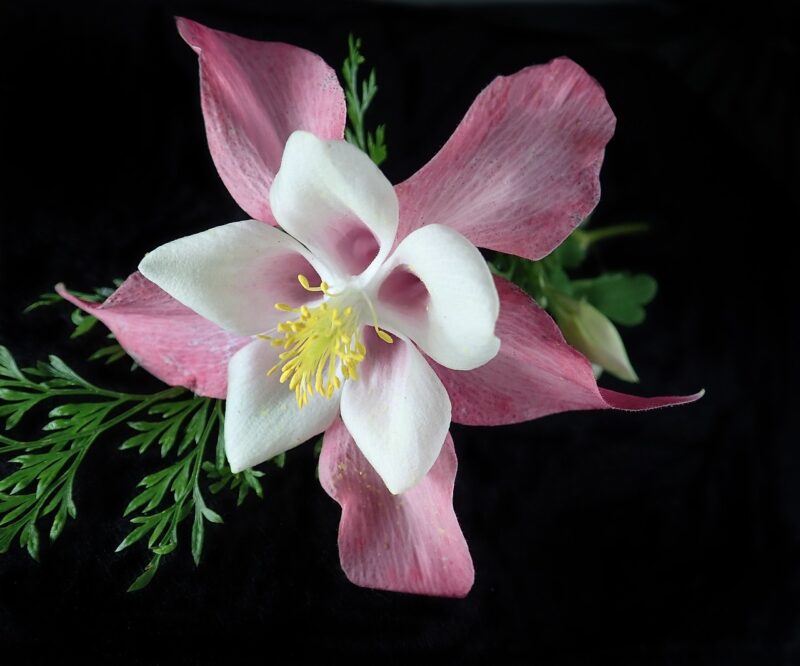
Though typically a spring bloomer, you can plant columbine seeds in October to establish roots. These perennial flowers will spring back in late spring with delightful blooms.
Temperature Tolerance: They are quite hardy and can survive in colder conditions.
Additional Notes: They are drought-resistant once established, making them low-maintenance.
Lungwort

Lungwort, with its distinctive spotted leaves and early spring flowers, can be planted in October. This hardy perennial thrives in the cool weather of Zone 5 and can provide early spring color and texture to your garden.
Temperature Tolerance: Lungwort can survive light frosts and is particularly resilient in shaded areas.
Additional Notes: This plant is also beneficial for pollinators, making it a great addition to a wildflower or cottage garden.
Winter Jasmine
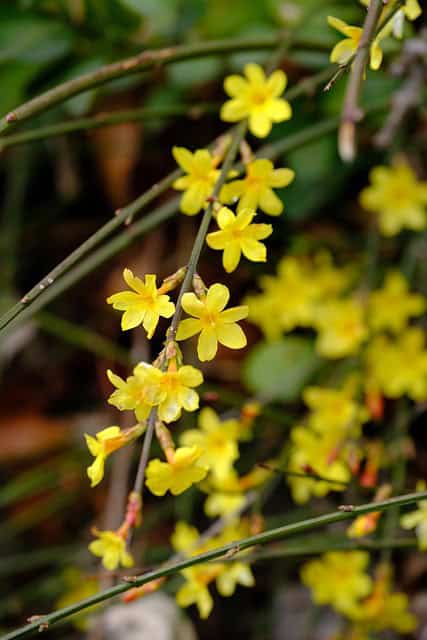
Winter jasmine is an excellent yet somewhat underused shrub that can be planted in October, bringing vibrant yellow blooms even in the bleakness of winter. Its sprawling habit and delicate flowers can enliven the winter landscape.
Temperature Tolerance: This plant is hardy down to Zone 5 and can survive the coldest months with proper care.
Additional Notes: It prefers to grow in full sun to partial shade and can tolerate a variety of soil types.
Hellebores
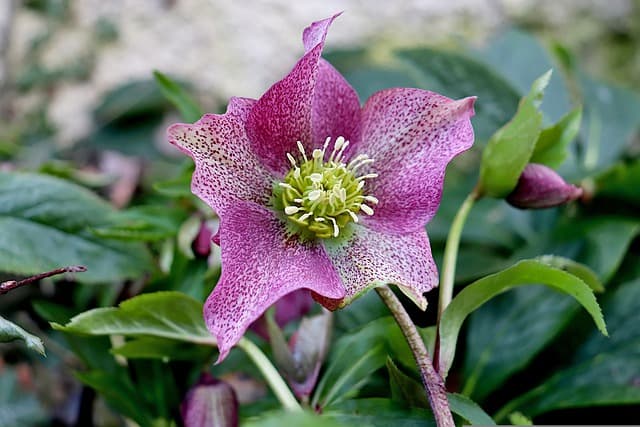
Hellebores, often referred to as “Lenten Roses,” are another excellent option for fall planting. While they may not bloom until late winter or early spring, their evergreen leaves provide year-round interest.
Temperature Tolerance: Hellebores can handle the colder temperatures of Zone 5, often blooming even through snow.
Additional Notes: They prefer well-drained soil and dappled shade, making them perfect for woodland gardens.
Siberian Iris
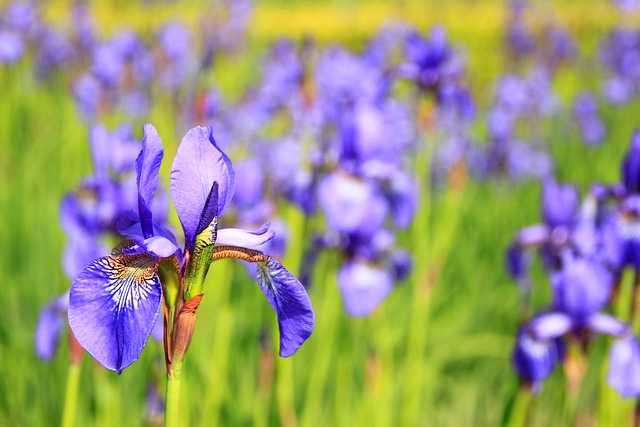
These irises can be planted in October and are known for their stunning blue and purple flowers that bloom in late spring and early summer.
Temperature Tolerance: Siberian irises are very hardy and can withstand freezing temperatures.
Additional Notes: They thrive in well-draining soil with full sun to partial shade, making them flexible for various garden locations.
Herbs To Plant
Herbs provide culinary delights and medicinal benefits, and several can be started in October in Zone 5. Planting these herbs now can lead to flourishing plants in the spring when warmer weather arrives.
Thyme
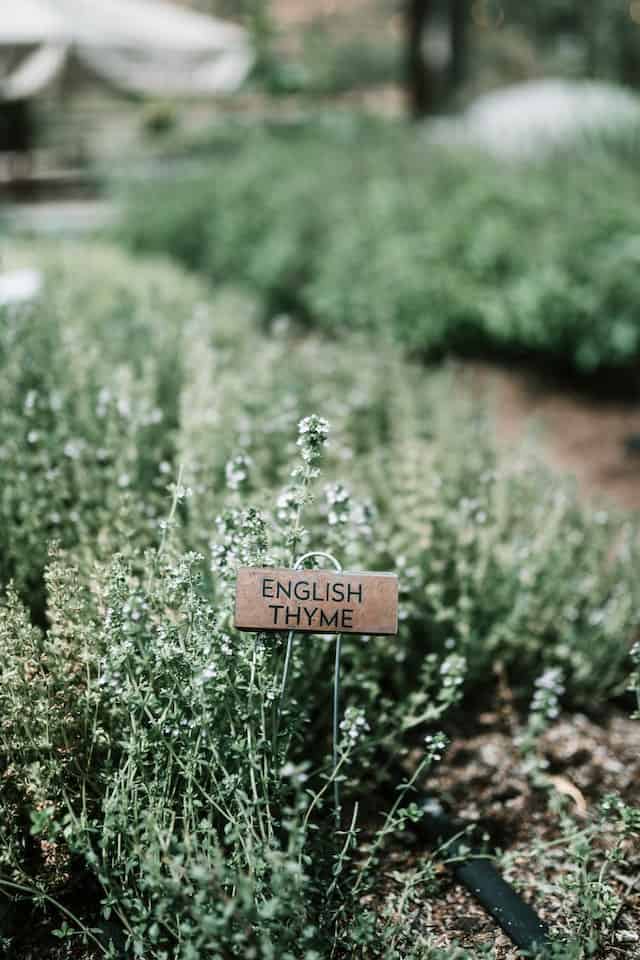
Thyme can be planted in October and is renowned for its culinary uses and ornamental appeal. This hardy perennial is drought-tolerant and thrives in well-drained soil.
Temperature Tolerance: It can handle frost without significant damage, making it ideal for fall planting.
Additional Notes: Thyme prefers full sun and can easily be grown in containers or garden beds.
Oregano
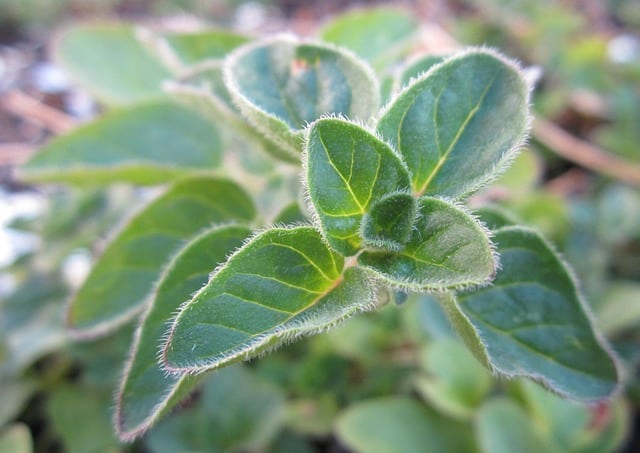
Oregano is another herb that can enhance your fall garden. This perennial herb is hardy and can thrive in cooler temperatures, making it suitable for October planting.
Temperature Tolerance: Oregano is frost-tolerant and will often be more flavorful after a light frost.
Additional Notes: Allow for well-drained soil; it does not like to sit in waterlogged conditions.
Chives
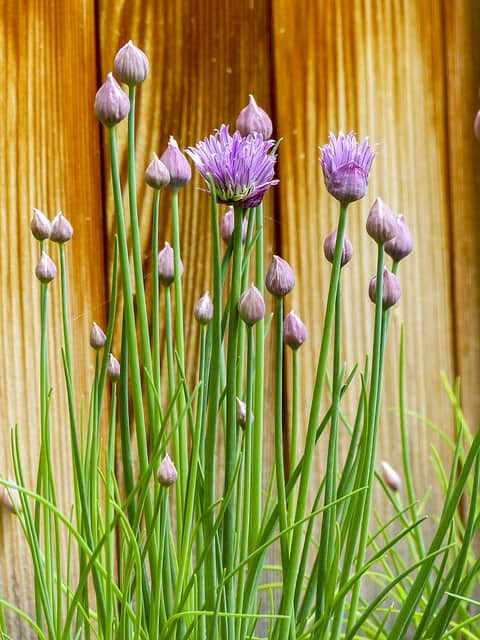
Chives are a fantastic option for fall planting. Although they grow slowly in colder months, they will establish roots and be ready for early spring harvest.
Temperature Tolerance: This herb can survive frost conditions and continues to thrive even under snow.
Additional Notes: Chives can self-seed and spread in your garden, providing a perennial supply of fresh leaves.
Sage
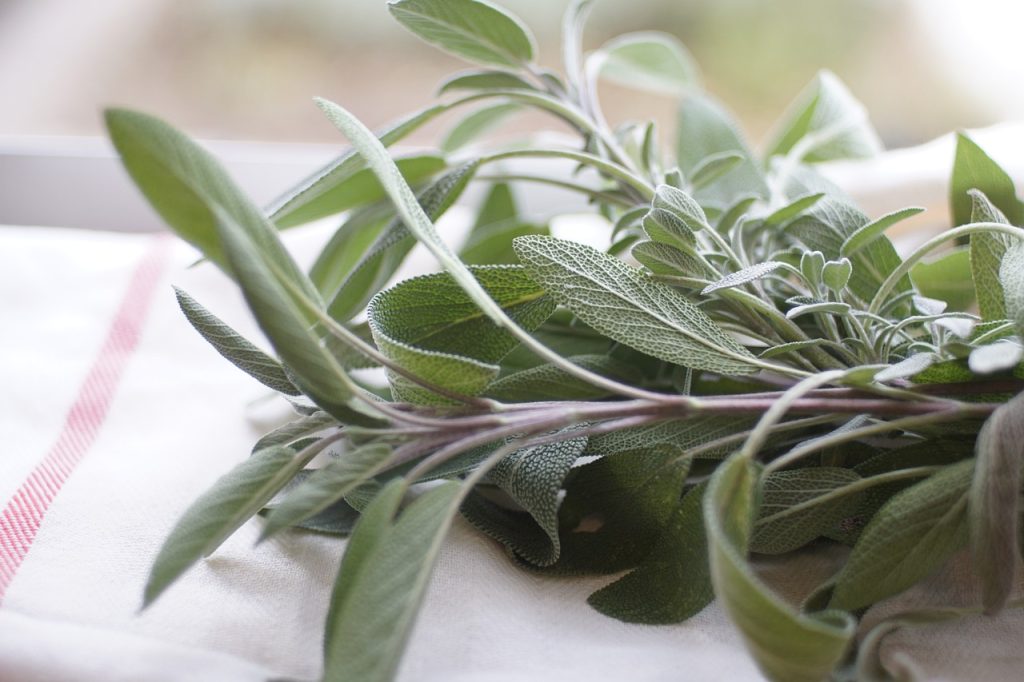
Sage is a versatile herb with culinary and medicinal uses. In Zone 5, you can plant sage in October to help it establish roots before the ground freezes.
Temperature Tolerance: Sage is generally hardy and can tolerate light frosts.
Additional Notes: Ensure the plant is in a sunny spot and given good airflow to prevent mildew.
Cilantro
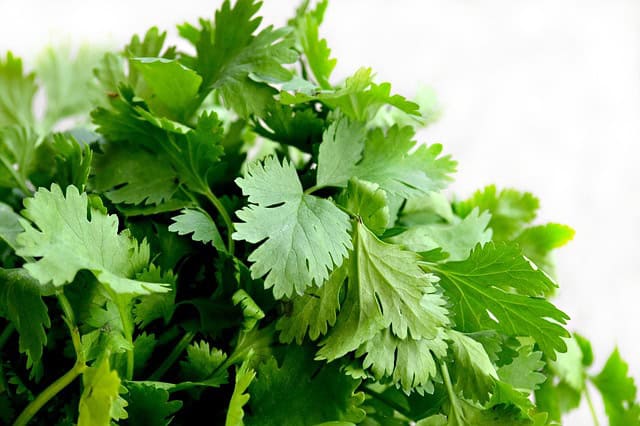
Cilantro can be planted in late October for a late fall harvest or overwintering in some cases, though it may not establish as robustly as other herbs.
Temperature Tolerance: It can tolerate light frosts but does not perform well in extreme cold.
Additional Notes: Cilantro prefers cooler temperatures, making it a suitable candidate for fall planting.
Mint
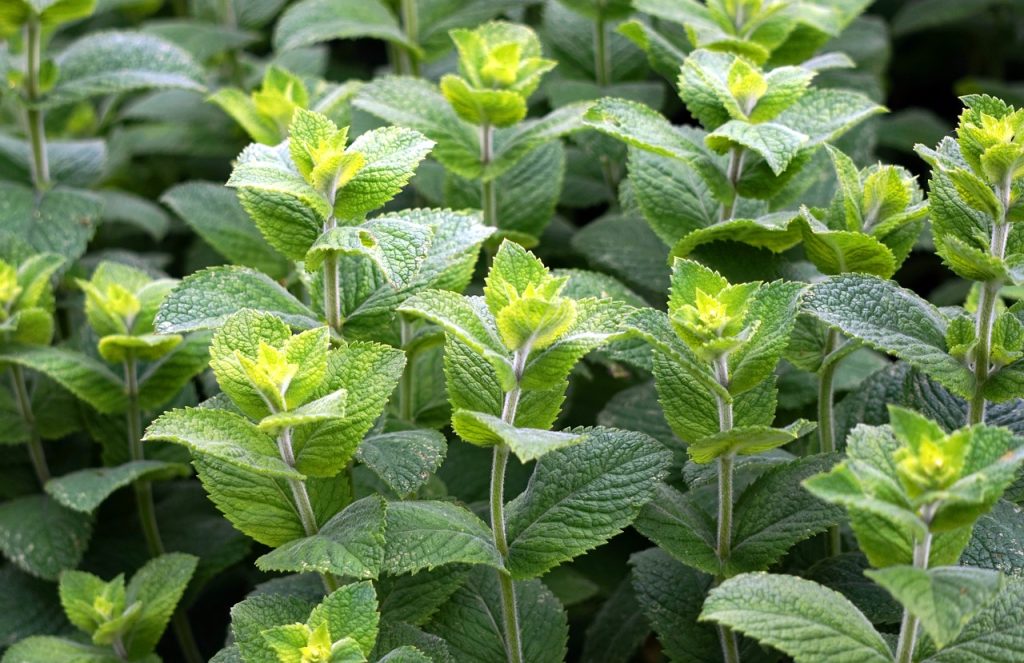
While mint can be invasive, planting it in a contained space in October can allow it to establish for early spring harvests.
Temperature Tolerance: Mint can endure frost and even survive in colder conditions.
Additional Notes: Consider planting it in pots or confined areas to prevent it from spreading uncontrollably.
Dill
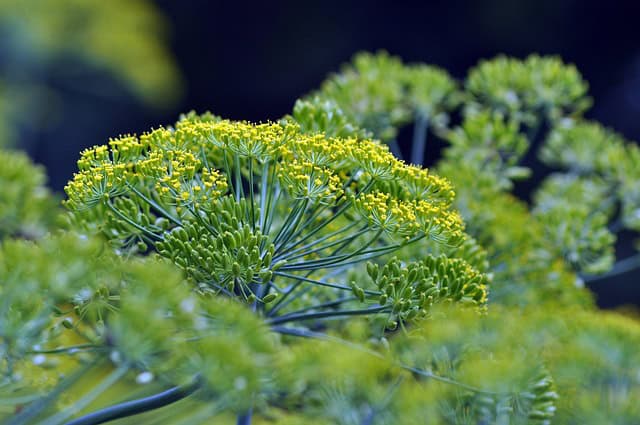
Dill can be sown in October as well, allowing for an early spring harvest. It prefers cooler temperatures and can often re-sow naturally, making it a delightful addition to your garden.
Temperature Tolerance: Dill can handle light frost, but it should be protected if heavy freezes are expected.
Additional Notes: This herb attracts beneficial insects like hoverflies, adding to your garden’s ecology.
Tarragon
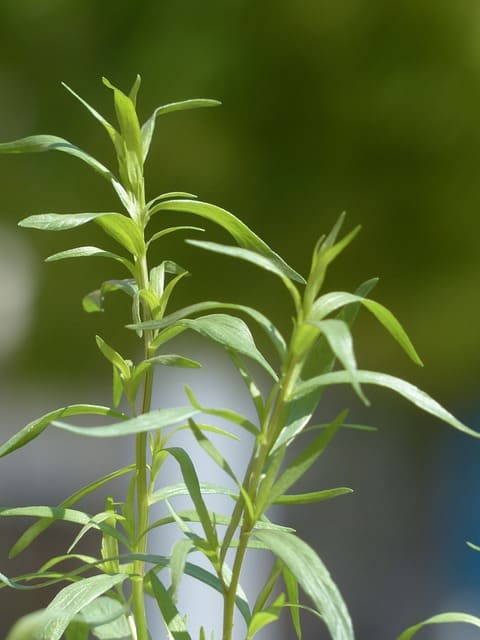
Tarragon is a lesser-known but flavorful herb that thrives in fall planting. It is perennial in nature and can become well-established to provide long-lasting flavor in your kitchen.
Temperature Tolerance: It tolerates frost and helps provide fragrance even in the winter months.
Additional Notes: This herb prefers full sun and well-drained soil, making it a perfect companion for vegetables and flowers.
Fennel
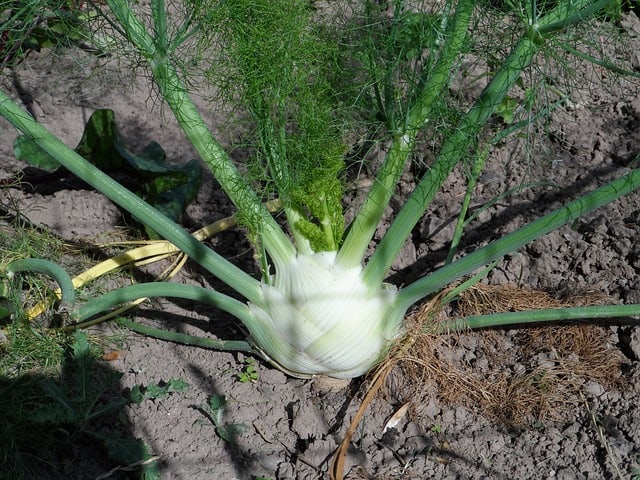
Fennel can be sown in October to provide a robust patch for spring harvest. Both the fronds and bulbs are edible, making this an exciting addition to your herb garden.
Temperature Tolerance: The seeds can withstand cooler temperatures and will germinate as the soil warms in spring.
Additional Notes: Fennel prefers rich, well-drained soil and does not like to be overcrowded.
Lemongrass
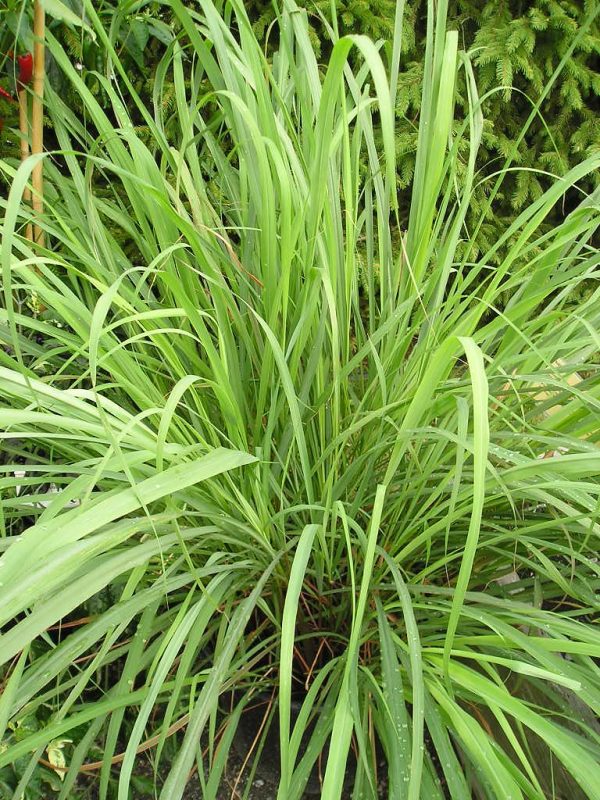
Lemongrass can be brought in or started in pots in October. While it prefers warmer climates, it can be treated as an annual in cooler regions like Zone 5.
Temperature Tolerance: It cannot survive frost and should be brought indoors before the temperatures drop significantly.
Additional Notes: Lemongrass thrives in pots, so you can move it indoors for the winter.
Landscape Plants To Plant In October
In addition to vegetables, flowers, and herbs, fall is an excellent time to consider planting landscape plants and trees that can establish roots before winter. These selections will lead to a more complete landscape once spring arrives.
Trees
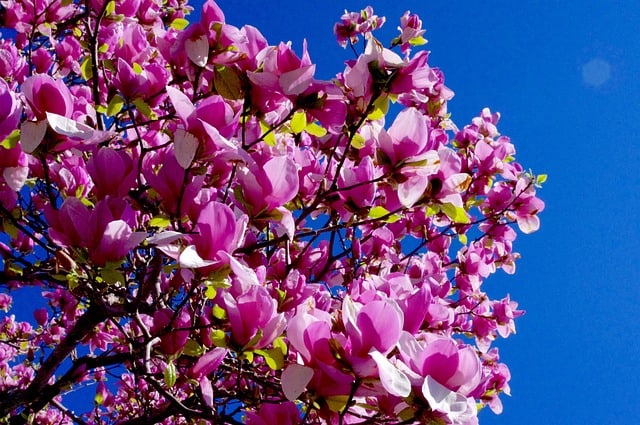
Maple Trees
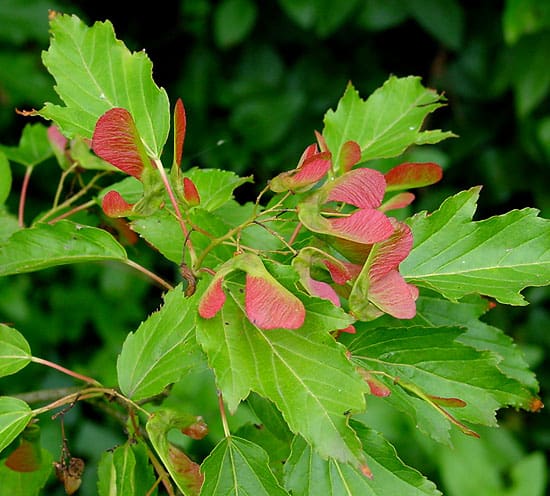
Maples are a classic choice for landscaping, offering stunning fall color. Planting maples in October gives them time to establish roots before freezing temperatures.
Temperature Tolerance: These trees are hardy and can survive cold winters well in Zone 5.
Additional Notes: Choose a variety suited to your landscape space, such as Sugar Maple or Red Maple.
Oak Trees

Oaks are another excellent option for fall planting. Their wide canopy and strong structure can provide shade and habitat for wildlife.
Temperature Tolerance: Oaks can withstand the harsh winters typical of Zone 5.
Additional Notes: They are slow-growing but incredibly valuable in providing long-term benefits in landscaping.
Dogwoods
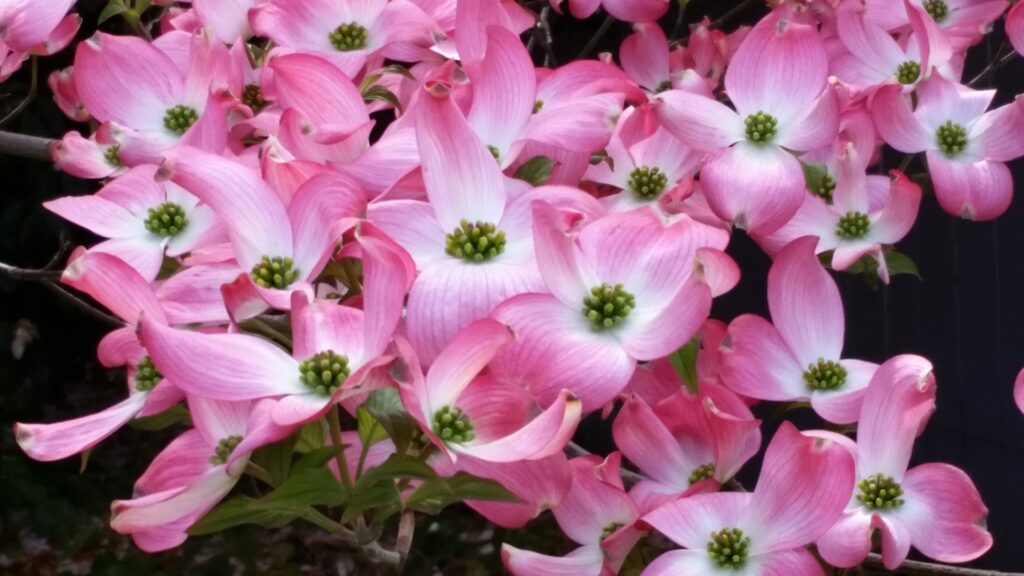
Flowering dogwoods are beautiful both in spring with their blooms and in fall with their vibrant foliage. These trees can be planted in October for a robust spring emergence.
Temperature Tolerance: They are hardy and can endure the cold spells of winter.
Additional Notes: Plant them in well-drained soil where they can thrive under partial sunlight.
Shrubs

Hydrangeas
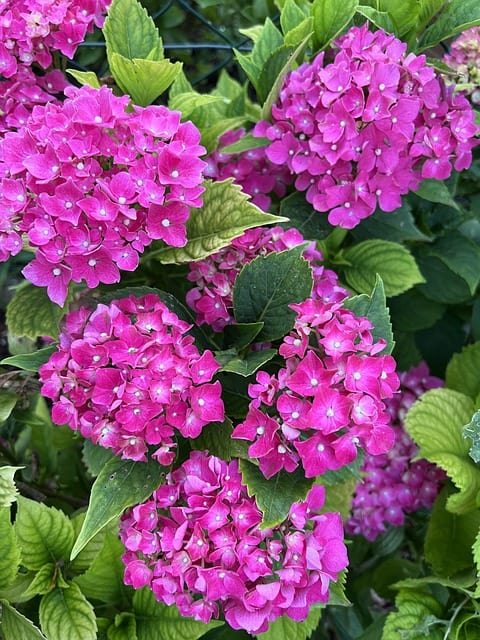
Hydrangeas can be planted in October for stunning blooms in the summer. With various species available, you can select ones that suit your soil and light conditions.
Temperature Tolerance: Hydrangeas are hardy and can survive freezing conditions.
Additional Notes: They need well-drained soil and lots of organic matter to flourish.
Boxwood
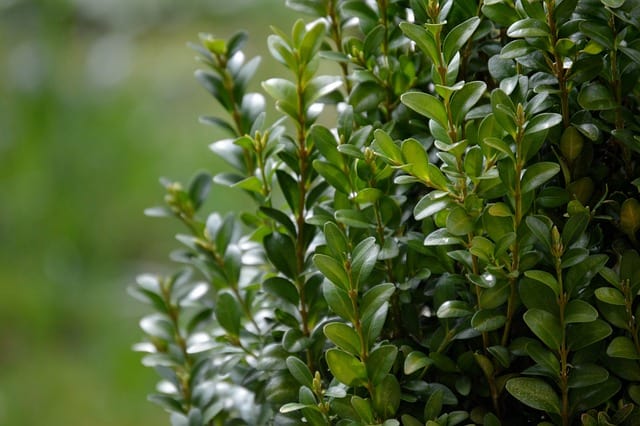
Boxwood is a versatile evergreen shrub that can be planted in the fall. It can be shaped and hedged, providing structure throughout the year.
Temperature Tolerance: It is very hardy and can survive the winter months in Zone 5.
Additional Notes: Boxwoods prefer well-drained soil and perform best in partial sun to full shade.
Ornamental Grasses
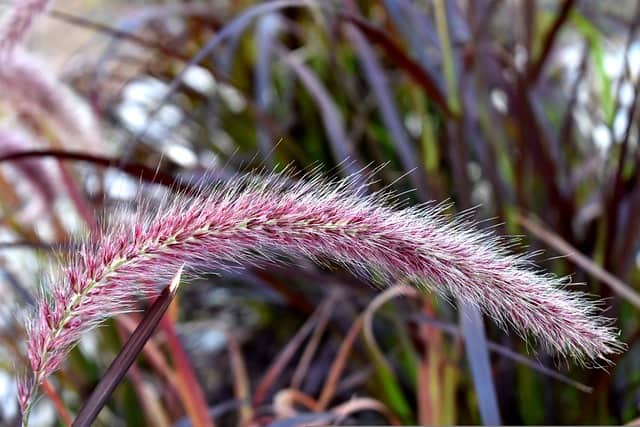
Ornamental grasses can add movement and texture to your landscape in October. Varieties such as Miscanthus and Panicum can thrive in late-season plantings.
Temperature Tolerance: These grasses are tolerant to cold temperatures and often provide winter interest.
Additional Notes: They do well in various soil conditions but perform best in well-drained areas.
Ground Covers
Creeping Thyme

A great ground cover that can be planted in October is creeping thyme. This low-growing perennial brings beauty to rock gardens and pathways while needing minimal maintenance.
Temperature Tolerance: It can survive cold temperatures well and flowers beautifully in spring.
Additional Notes: It prefers full sun and well-drained sandy soils, making it ideal for dry areas.
Ajuga
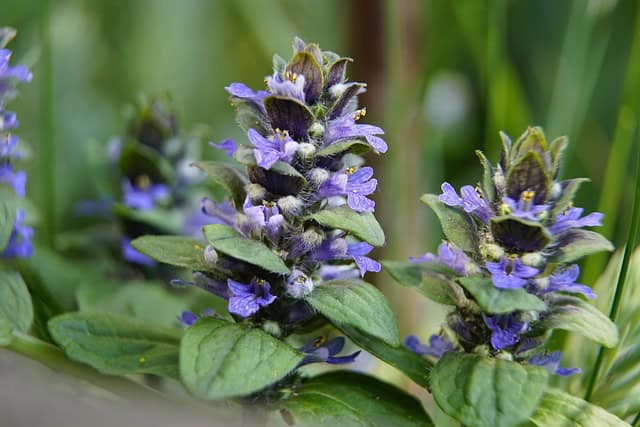
Ajuga, or bugleweed, is perfect for shady areas and can be planted in October. This hardy ground cover produces beautiful blooms in spring.
Temperature Tolerance: It is well-suited for colder climates and will thrive through winter.
Additional Notes: Ajuga can spread quickly, so it’s great for filling in bare patches.
Perennials
Coneflowers
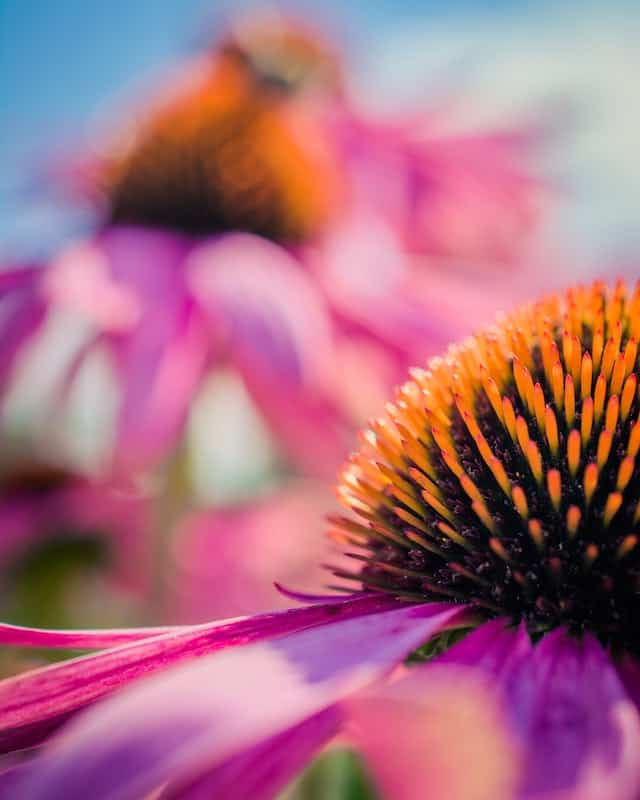
Coneflowers (Echinacea) can be planted in October, providing vibrant color and attracting pollinators. They thrive in well-drained soil.
Temperature Tolerance: Coneflowers are very hardy and can withstand cold winters in Zone 5.
Additional Notes: They prefer full sun and can last through droughts once established.
Black-Eyed Susans
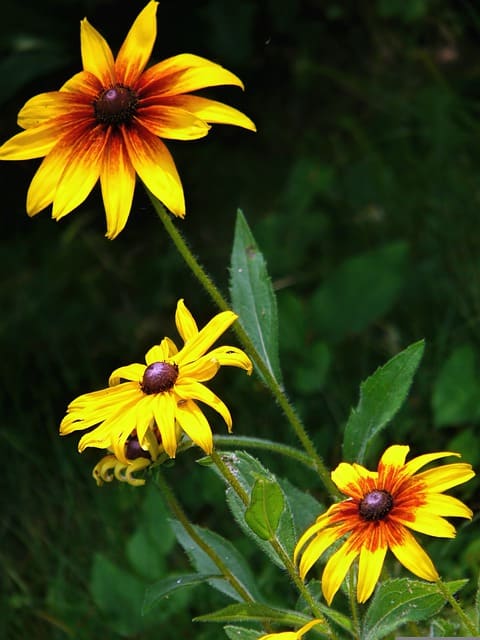
This classic American wildflower is a joy to have in gardens for color and motion. Plant them in October for a robust spring bloom.
Temperature Tolerance: They are hardy and can survive colder temperatures as well.
Additional Notes: Black-eyed Susans thrive in full sun and attract butterflies and beneficial insects.


